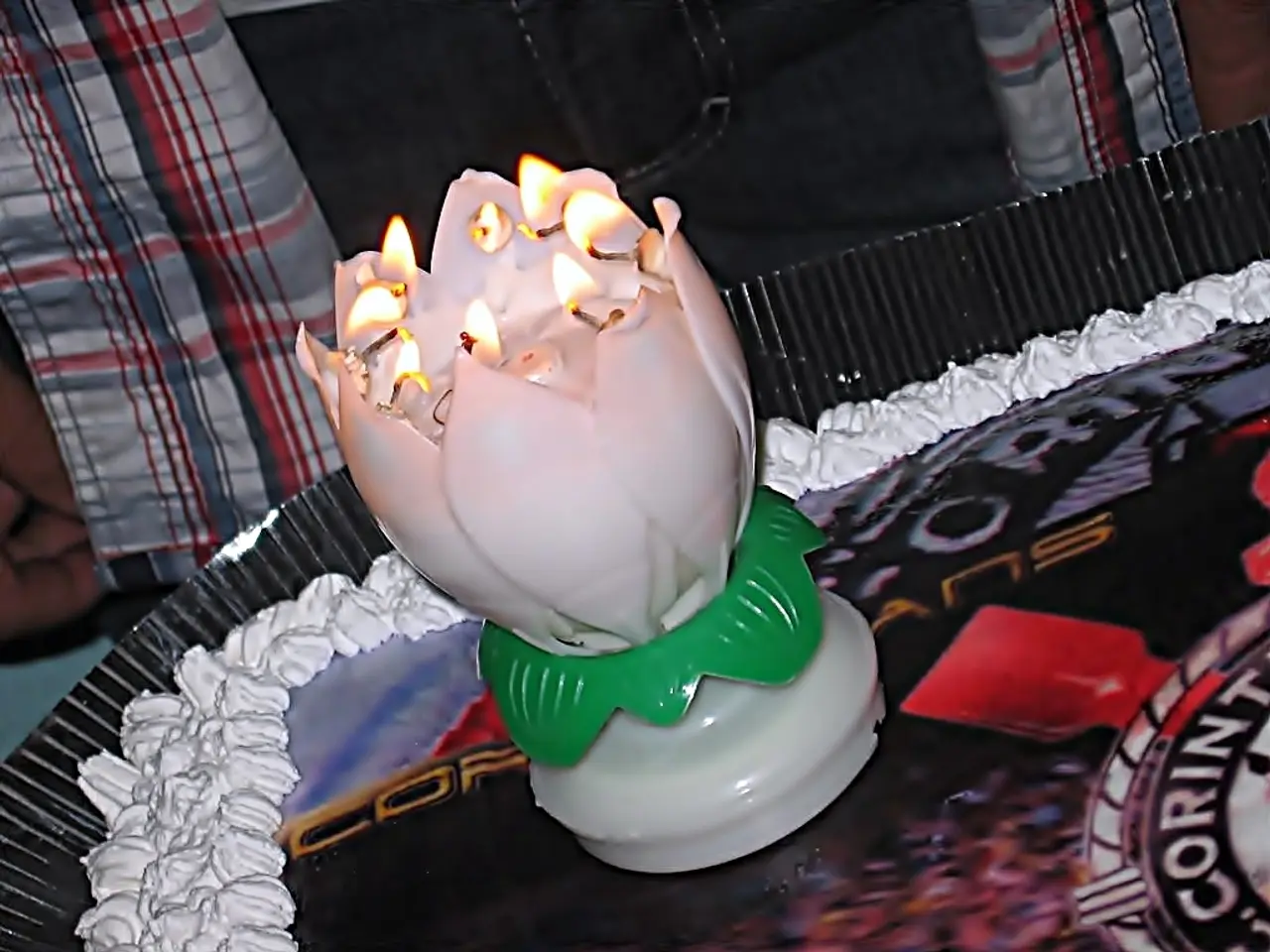Guide to Safe Lab Practices 2025: All You Need to Know About Bunsen Burner Safety!
The Bunsen burner, an essential laboratory tool invented by Robert Bunsen in 1855, is a versatile piece of equipment used for heating, sterilization, and various scientific processes. This article aims to provide a clear understanding of the Bunsen burner's parts, usage, and safety tips to ensure effective and safe experiments.
The Bunsen burner operates by guiding a gas and air mixture upward to create a flame. The gas inlet, connecting the burner to the fuel source, supplies gas for combustion. The air vent or collar, a crucial component, controls the airflow in the burner, adjusting oxygen levels in the flame.
Understanding the Bunsen burner's parts is essential, but proper usage is equally important. A weak flame may be caused by insufficient gas or a blocked air vent, while an irregular flame can be due to dirt in the barrel or gas inlet. Cleaning the air vent with a small brush helps avoid obstruction and ensures proper airflow adjustment.
Proper labeling of a Bunsen burner promotes a safer work environment, enhances user understanding, and encourages responsible equipment handling. A well-labeled diagram of a Bunsen burner helps users identify and understand the purpose of its components.
Safety is paramount when working with a Bunsen burner. Common safety tips include wearing appropriate personal protective equipment such as goggles, gloves, and lab coats; ensuring the burner is properly connected to a gas source and checking for gas leaks before ignition; keeping flammable materials away from the flame; never leaving the burner unattended while lit; and tying back long hair and securing loose clothing to prevent accidental ignition.
When lighting the burner, use a striker or an integrated ignition system rather than matches or lighters, and only turn on the gas once ready to ignite to avoid gas accumulation.
Newer Safety Bunsen Burners have features such as gas flow only when a flame is detected, built-in alarms, and preset maximum burning times to enhance operator safety and reduce the risk of gas leaks or explosions. However, standard lab safety rules always apply regardless of equipment sophistication.
Emergency procedures involve knowing the location and proper use of safety equipment like fire extinguishers, safety showers, and eyewash stations. In the event of a fire, use the appropriate chemical fire extinguisher; if a person’s clothing catches fire, follow the "stop, drop, and roll" technique and use a fire blanket if available. Immediately report any accidents or spills to the supervisor, and evacuate the area if instructed, following designated emergency exit routes.
Maintaining a clean and uncluttered work area around the burner and practicing aseptic technique when using the burner can further reduce accident risks. Avoid inhalation of combustion gases by ensuring good ventilation, and practice caution when handling hot components.
In summary, safety with Bunsen burners hinges on careful preparation, proper lighting procedures, continuous supervision while lit, immediate response to emergencies, and awareness of fire safety resources and procedures in the lab environment. Proper cleaning of the burner, including the barrel, air vent, and gas inlet, is essential for its longevity and safe operation.
The Bunsen burner's advantages extend beyond scientific experiments, as it can be applicable to medical-conditions, such as sterilization of medical equipment. Inserting ceramics into the flame can be utilized in lifestyle, technology, and educational contexts, like heating elements for kilns or demonstrative purposes in education-and-self-development workshop settings. By adhering to safety guidelines, a Bunsen burner can be a valuable tool in various sectors, fostering a safer, cleaner, and more efficient work environment.




